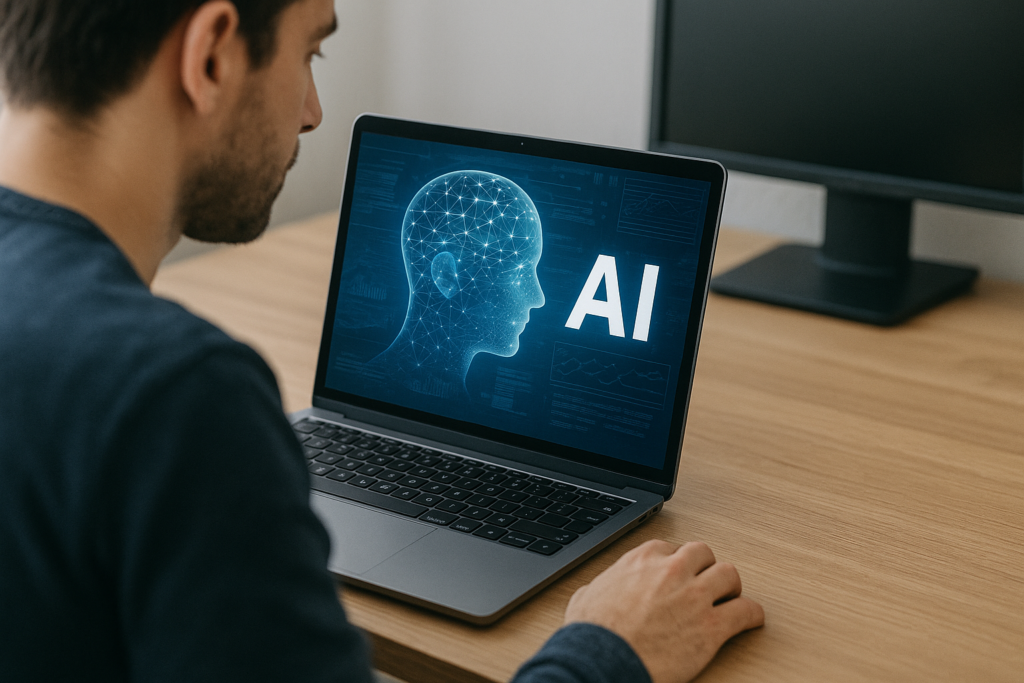
01. Artificial Intelligence
Artificial intelligence serves as the foundational pillar of our research group, enabling the development of intelligent robotic systems capable of autonomous decision-making and adaptive behavior. AI’s integration into robotics represents a paradigm shift from traditional pre-programmed systems to intelligent agents that can perceive, reason, and act in dynamic environments. Our research in AI focuses on developing advanced algorithms that enhance robots’ cognitive capabilities, allowing them to process complex information, learn from experience, and make informed decisions in real-time scenarios.
Our group is actively pursuing research in machine learning algorithms that enable robots to adapt their behavior based on collected operational data. We are developing reinforcement learning frameworks that allow robots to learn optimal actions through environmental interaction and feedback mechanisms. Additionally, our work encompasses deep learning architectures specifically designed for robotic applications, including neural networks that can process multimodal sensor data and generate appropriate responses. We are also investigating conversational AI systems that enable natural human-robot interaction, making our robotic platforms more accessible and intuitive for end-users.

02. Robot Vision
Robot vision constitutes a critical research area that serves as the “eyes” of our robotic systems, enabling them to perceive, analyze, and interact with their surroundings in real-time. This technology empowers machines to interpret visual data and make decisions based on environmental observations, which is essential for robots operating in complex, unstructured environments. The importance of robot vision lies in its ability to provide robots with spatial awareness, object recognition capabilities, and the capacity to navigate dynamically changing environments with precision and safety.
Our research group is developing advanced computer vision algorithms that incorporate convolutional neural networks (CNNs) for real-time object detection, classification, and tracking. We are working on stereo vision systems and depth perception technologies that enable robots to understand spatial relationships and distances between objects, crucial for manipulation and navigation tasks. Our team is also advancing SLAM (Simultaneous Localization and Mapping) technologies that allow robots to build maps of unknown environments while simultaneously tracking their location within those environments. Furthermore, we are developing visual servoing systems that enable robots to use visual feedback for precise control and manipulation tasks in manufacturing and service applications.
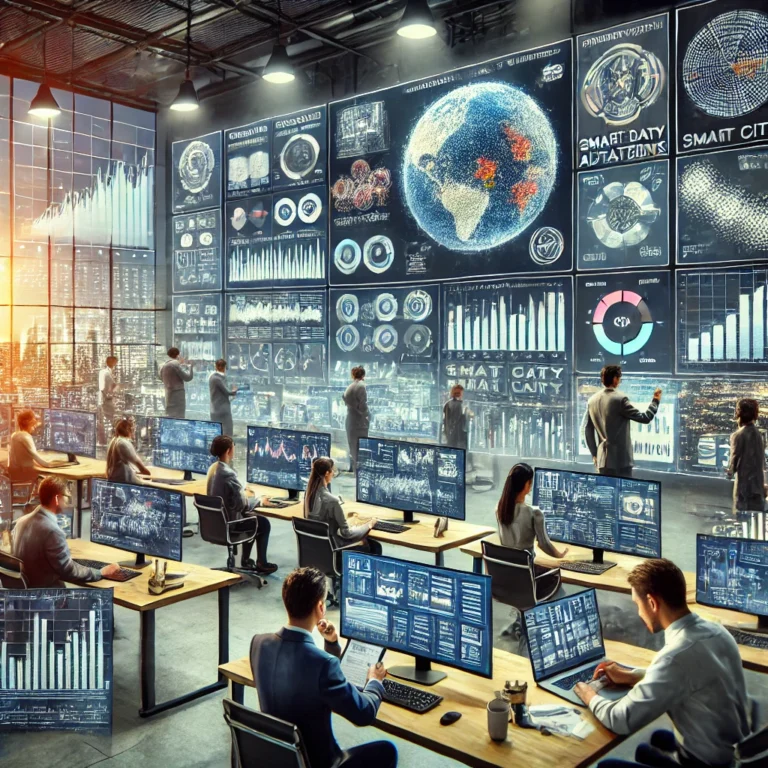
03. Data Science for Robotics
Data science for robotics represents a transformative approach that leverages vast amounts of sensor data to optimize robotic performance and enhance autonomous capabilities. The synergy between data science and robotics is crucial for achieving true autonomy, as it enables robots to derive meaningful insights from complex datasets collected through various sensors, cameras, and environmental monitoring systems. This research area is fundamental to developing intelligent systems that can adapt to real-world scenarios, predict maintenance needs, and continuously improve their operational efficiency.
Our research group is implementing predictive analytics algorithms that enable robots to anticipate equipment failures and optimize maintenance schedules, thereby reducing downtime and operational costs. We are developing sensor fusion techniques that integrate data from multiple sources including LiDAR, cameras, IMUs, and tactile sensors to create comprehensive environmental models. Our work includes energy optimization algorithms that analyze operational patterns to reduce power consumption and extend battery life in autonomous systems. Additionally, we are creating anomaly detection systems that identify deviations from normal behavior patterns, enabling robots to respond effectively to emergency situations and enhance overall system safety.
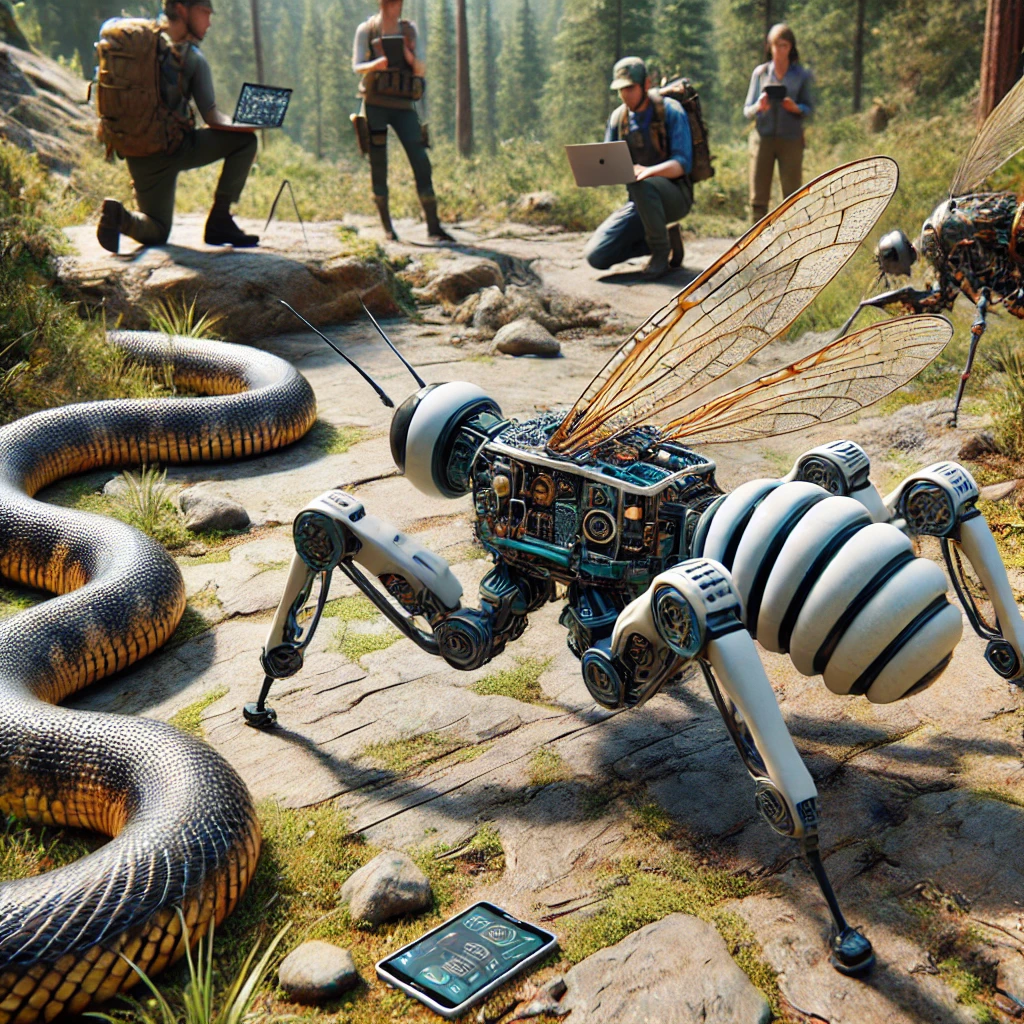
04. Bio-Inspired Robot Design
Bio-inspired robot design draws inspiration from biological systems to create robots with enhanced adaptability, efficiency, and functionality in complex environments. This research area is crucial because biological systems have evolved over millions of years to develop optimal solutions for locomotion, sensing, and environmental interaction. By studying and mimicking these natural mechanisms, we can develop robotic systems that exhibit superior performance characteristics, including improved energy efficiency, adaptive behavior, and robust operation in unstructured environments.
Our research group is developing soft robotic systems inspired by biological organisms, including magnetic soft robots that provide contact-less activation and enhanced flexibility for operation in confined spaces. We are creating bio-mimetic locomotion systems that replicate animal movement patterns, such as snake-like robots with hybrid continuum cable-driven mechanisms for enhanced maneuverability. Our team is also working on biomechatronic interfaces that integrate biological principles with electro-mechanical systems for applications in prosthetics and rehabilitation robotics. Furthermore, we are investigating swarm robotics inspired by collective behaviors observed in nature, enabling multiple robots to coordinate and collaborate effectively in complex tasks.
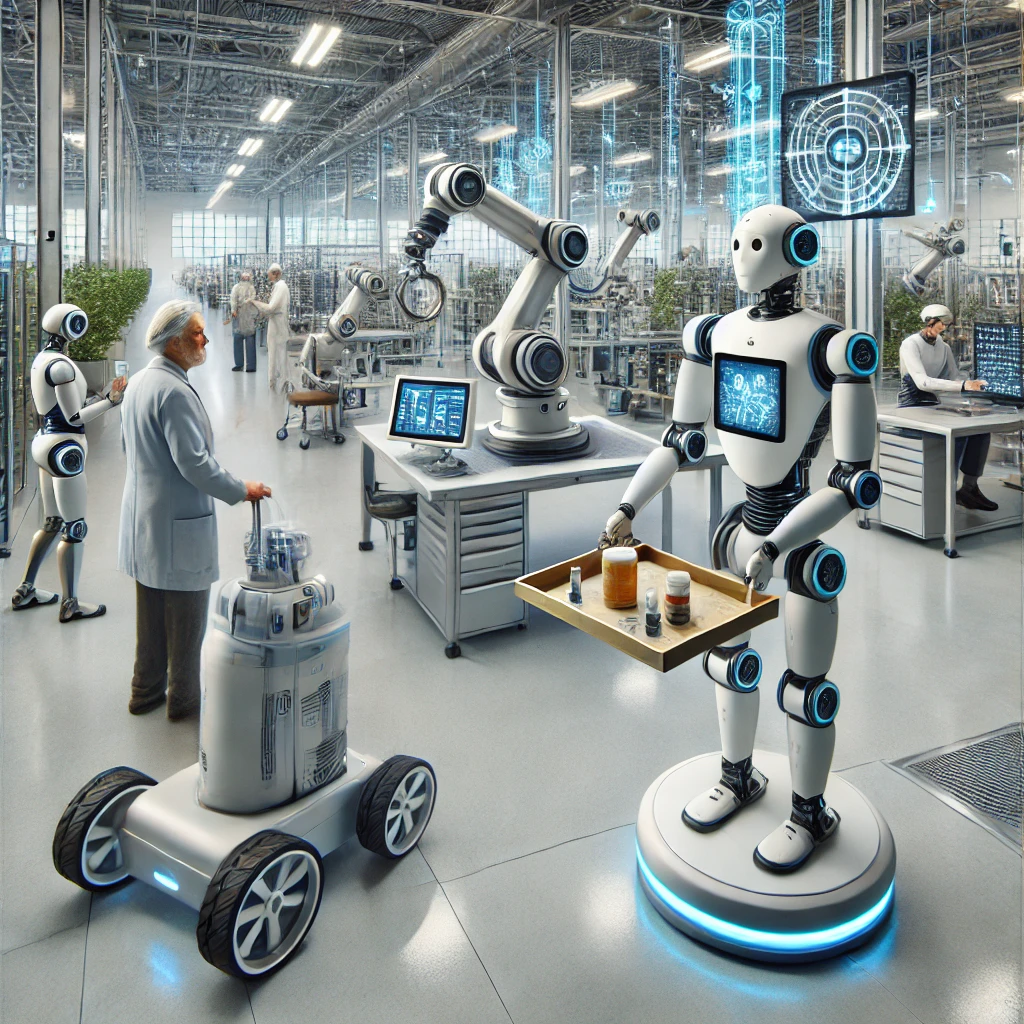
05.Robotic Intelligence
Robotic intelligence encompasses the development of cognitive capabilities that enable robots to understand, reason, and make autonomous decisions in complex scenarios. This research area is essential for creating robots that can operate independently in dynamic environments, interact naturally with humans, and adapt to changing circumstances without constant human supervision. Robotic intelligence bridges the gap between mechanical automation and truly intelligent systems capable of higher-order thinking and problem-solving.
Our research group is advancing cognitive robotics frameworks that incorporate neurodynamic and computational neuroscience principles to understand how cognition and consciousness can be realized in embodied robotic systems. We are developing human-robot interaction protocols that enable robots to understand and respond to human gestures, commands, and emotional states through advanced sensor integration and behavioral analysis. Our work includes adaptive learning systems that allow robots to modify their behavior based on environmental feedback and user preferences, creating personalized robotic assistants. Additionally, we are creating multi-modal perception systems that integrate visual, auditory, and tactile information to provide robots with comprehensive situational awareness and decision-making capabilities.
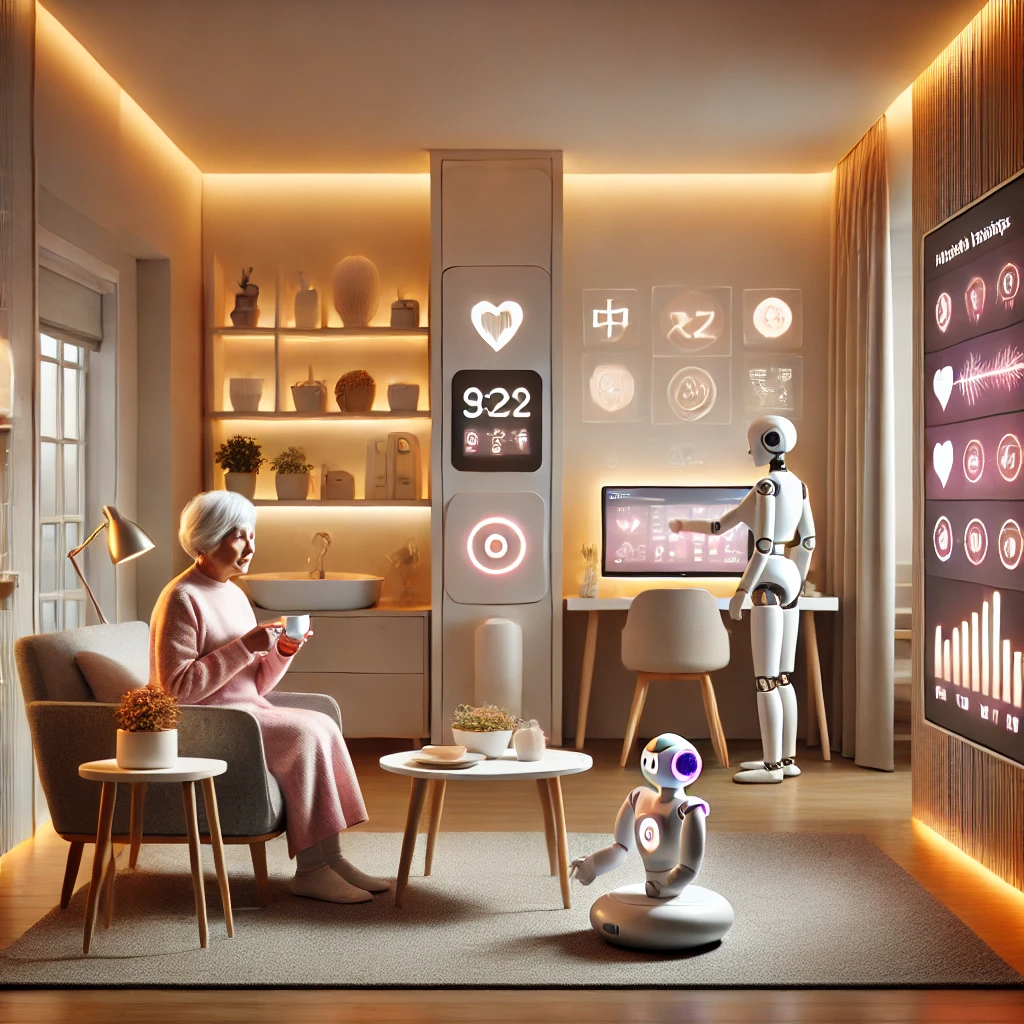
06.Autonomous Modelling for AAL (Ambient Assisted Living)
Autonomous modeling for Ambient Assisted Living (AAL) represents a critical research domain focused on developing intelligent systems that enhance the quality of life for elderly and differently-abled individuals. This research area is vital due to the aging global population and the increasing need for assistive technologies that can provide independent living support while ensuring safety and comfort. AAL systems must be capable of monitoring user activities, detecting emergencies, and providing appropriate interventions without being intrusive or compromising user autonomy.
Our research group is developing attention transfer learning algorithms that can analyze behavioral patterns and activity signals from elderly and disabled users to provide timely assistance and emergency alerts. We are creating indoor localization systems that utilize machine learning techniques including Gradient Boosting and AdaBoost algorithms to track user movements and ensure safety in multi-floor smart environments. Our work includes personalized user profiling systems that adapt to individual needs and preferences, creating customized AAL solutions for different user requirements. Furthermore, we are implementing predictive health monitoring systems that can detect anomalies in daily activities and vital signs, enabling proactive healthcare interventions and emergency response protocols.
